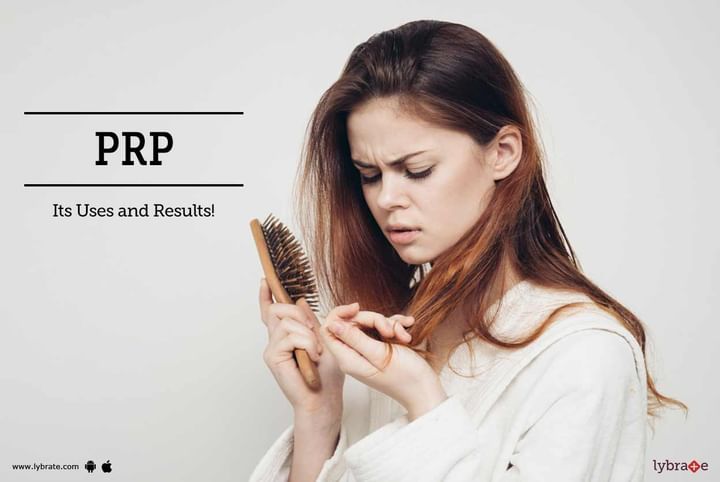PRP - Its Uses and Results!
PRP or Platelet-rich plasma is believed to be a good healer. Plasma is a component of the blood that helps the blood to clot. It also possesses a protein that aids in cell growth. PRP is produced by isolating plasma from the blood and then concentrating it. Injection of PRP helps damaged tissue to heal and grow. This method of treatment is extensively used to heal injuries among athletes and sportsmen. PRP has found applications to treat an array of conditions like face rejuvenation and under eyes dark circles.
Applications of PRP:
- Hair Loss: PRP injections are injected into the scalp to promote the growth of hair and prevent the loss of hair. A research conducted in the year 2014 found that PRP can play a significant role in treating male pattern baldness.
- Tendon injuries: Tendons comprise of a thick and tough bunch of tissues that connects the bone to the muscles. Injuries of the tendon take quite some time to heal. Doctors these days extensively use PRP injections to treat an array of conditions such as jumper’s knee, tennis elbow, Achilles Tendonitis, etc.
- Osteoarthritis: Patients suffering from Osteoarthritis can get PRP injections to the knee for a quick relief from pain. A study conducted in the year 2015 found that PRP injections are more effective when compared to hyaluronic acid injections that are used in the traditional treatment of osteoarthritis.
- Acute injuries: PRP injections are extensively used by sports doctors to treat acute conditions such as knee sprains, pulled hamstring etc. At times, doctors use it to repair a ligament that has torn while performing a surgery.
The process of PRP injection:
- The first step involves extracting blood from the patient. The amount of the sample drawn could depend on the site of the injection. A scalp injection requires around 8ml of blood to be extracted.
- The extracted blood is then placed into a centrifuge so that the blood components can be separated. This process takes around 15 minutes.
- A medical practitioner then extracts the plasma from the sample and injects it into the targeted site.
- Imaging techniques such as ultrasound are used to pinpoint the exact affected area. This helps to inject the plasma into the area where it is needed.
What is the cost involved in PRP injections?
PRP is seldom covered under insurance. Most medical insurance companies consider it an experimental treatment and hence refrain from financing it, with all costs being borne by the patient. The cost of the procedure varies depending on the type of condition PRP is being used to treat.
In case you have a concern or query you can always consult an expert & get answers to your questions!



+1.svg)
